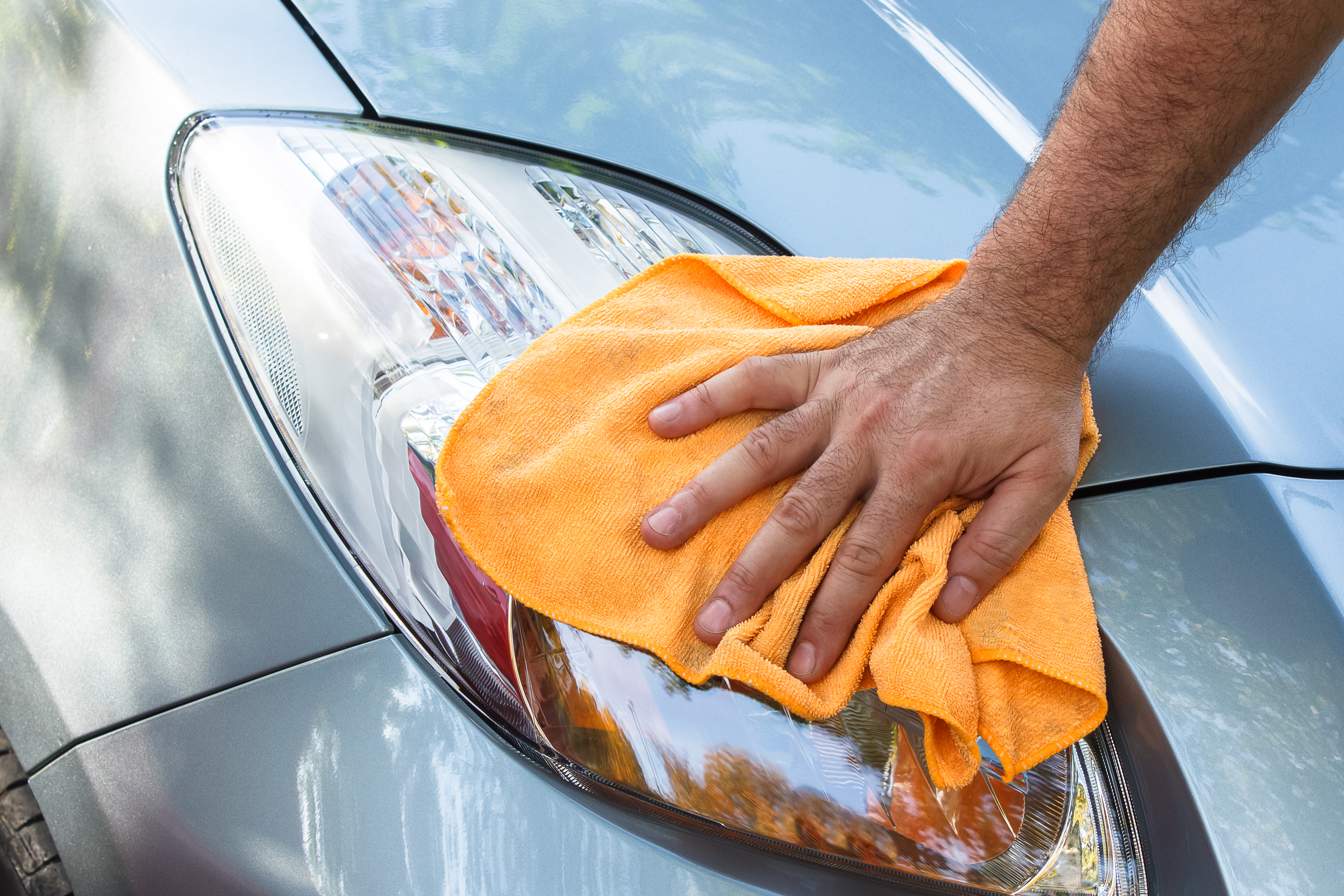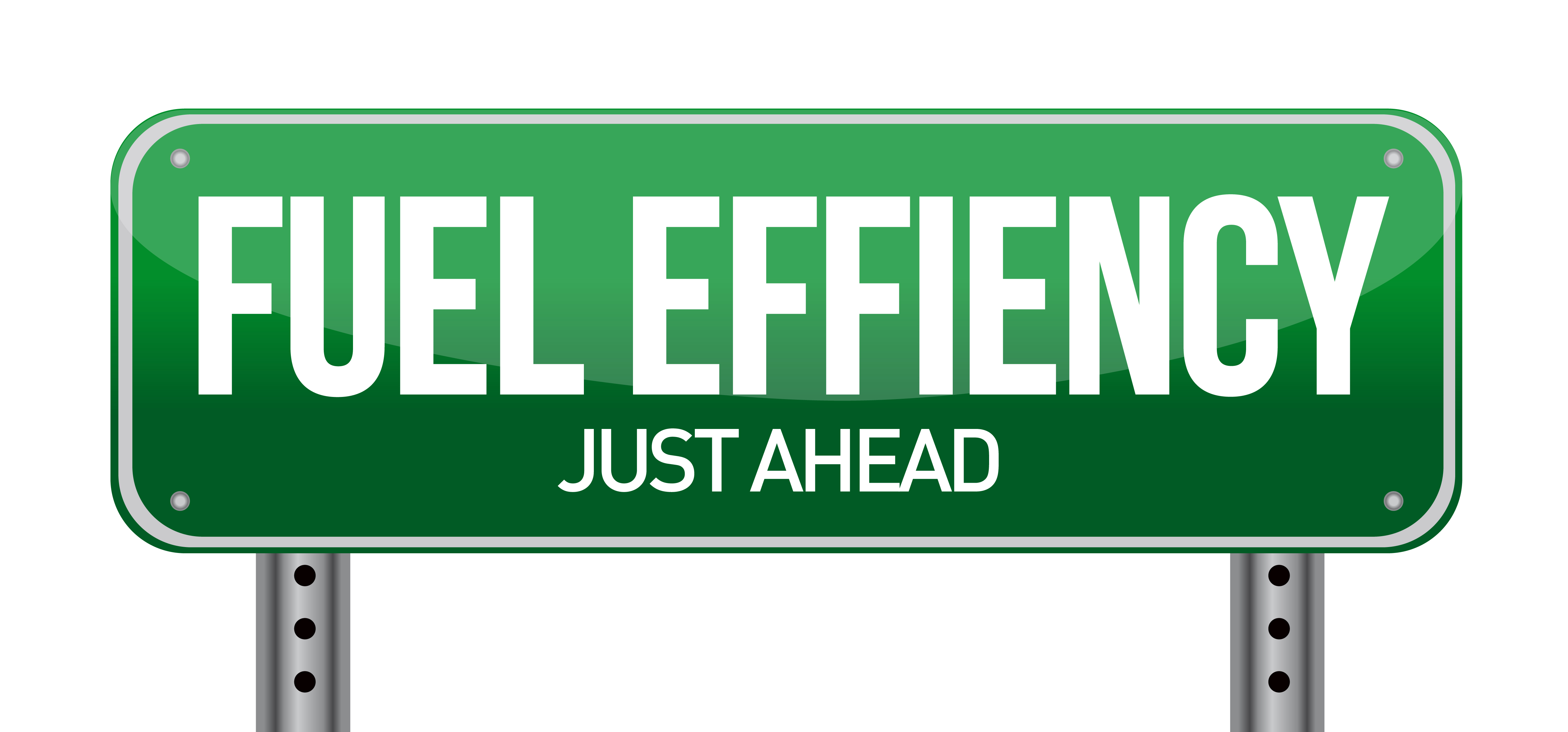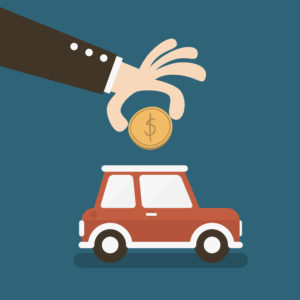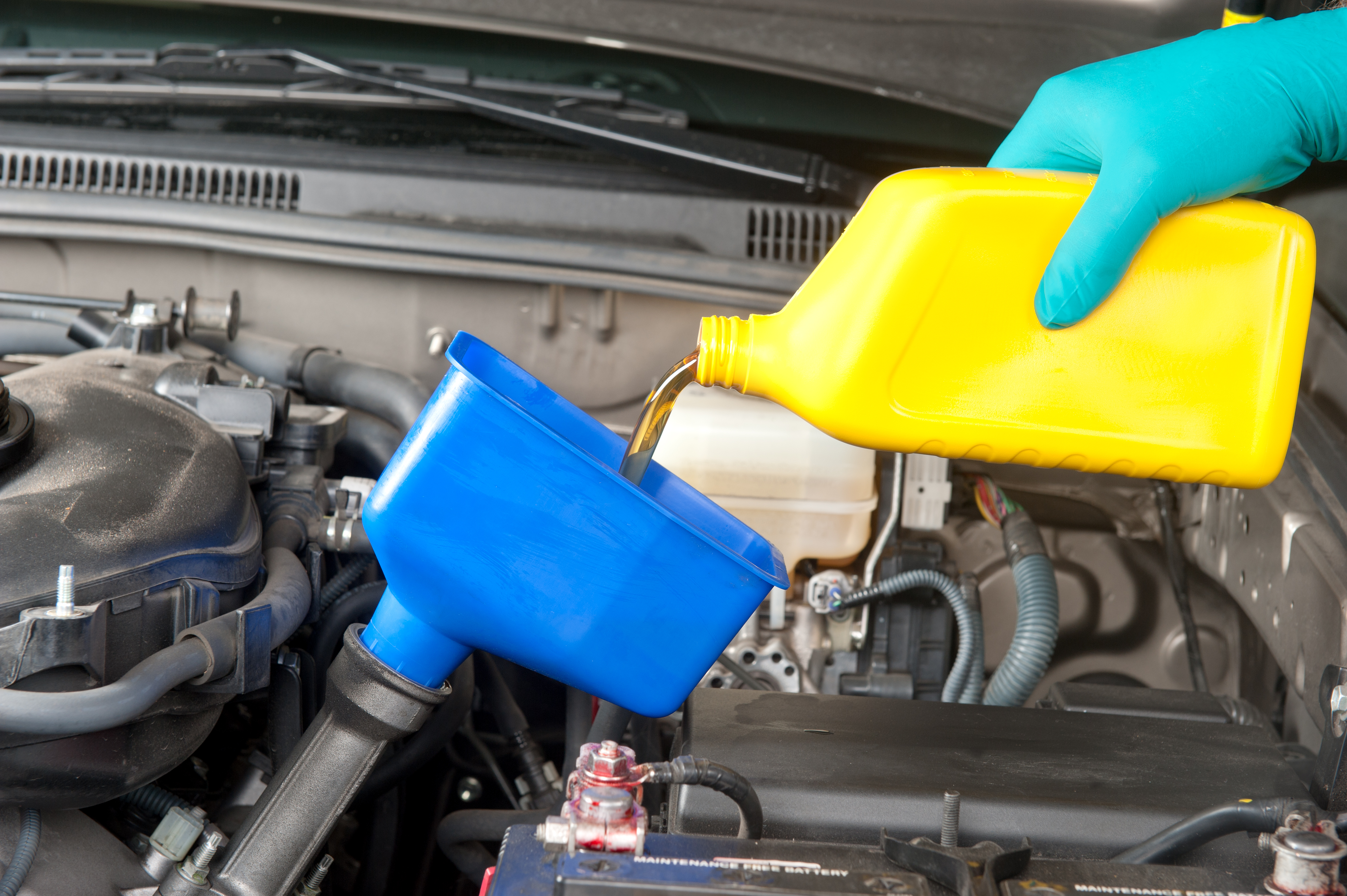What Happens If I Refinance My Vehicle?
Process
People who refinance their cars are taking on a new loan. The lender who approved the refinancing will pay off the balance on the old loan and issue a new one which includes the payoff amount for the old loan, along with any refinancing fees. The refinanced loan may come from the company that issued the original loan, or it can come from a different company. You may want to refinance a loan to lower the monthly payments on your vehicle. You can get lower payments if the new loan has a lower interest rate, or if the lender extends the amount of time you have to repay the loan.
Lower Rates
You may be able to get a lower interest rate on a refinanced auto loan if your credit score has improved since you took out the original loan. You also may be able to get a lower rate if interest rates in the auto industry have dropped since you took out the original loan. Yet, the Lease Guide auto website notes that the interest rate on a refinanced loan may be higher if an auto dealer gave you a special low rate to seal the deal when you bought your vehicle. In such cases, refinancing won’t save you any money over the life of the loan.
Loan Extension
It costs borrowers more to extend the amount of time they have to repay an auto loan through refinancing, because they pay interest on the loan for a longer period. However, people who are struggling to make their car payments may need to assume the added costs to get more affordable payments. Extending the loan term usually lowers monthly payment amounts. Nonetheless, the value of the vehicle is important for people who sell or trade in their vehicles shortly after extending their loan period, because they may be “upside-down” in the loan.
Upside-Down Loans
Borrowers are upside-down in an auto loan when the balance owed on a loan exceeds the value of the vehicle. Auto values generally drop quickly after a vehicle is purchased, so extending a loan period through refinancing often leaves the borrower owing more on a vehicle than it’s worth. An upside-down loan isn’t an issue for people who intend to keep a car and pay off whatever they owe, regardless of its value. However, borrowers who try to sell their vehicles or trade them in at a dealership usually come up short in an upside-down loan, because the sale or trade-in offer is often less than the loan balance. In such cases, borrowers need to pay off the remaining balance themselves.
Quick Money Savings Tip For Safe Drivers
There are dozens of auto insurers – Which one will give you the best rate?
Step 1) Choose your vehicle make below.
Step 2) On the next page, complete the 4 minute questionnaire, and you'll have the opportunity compare the best rates in your area.
Step 3) Keep more money and possibly save hundreds!










